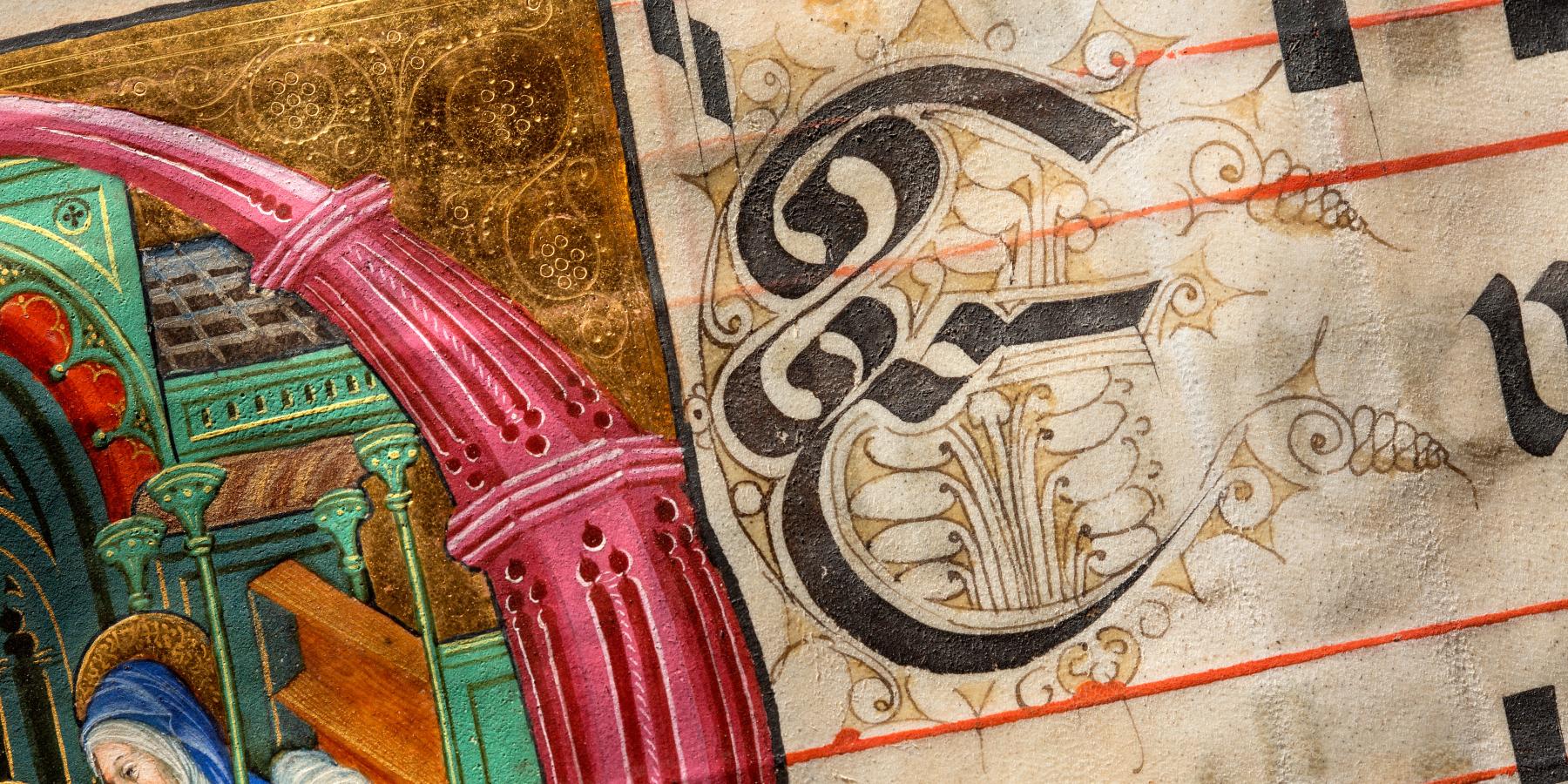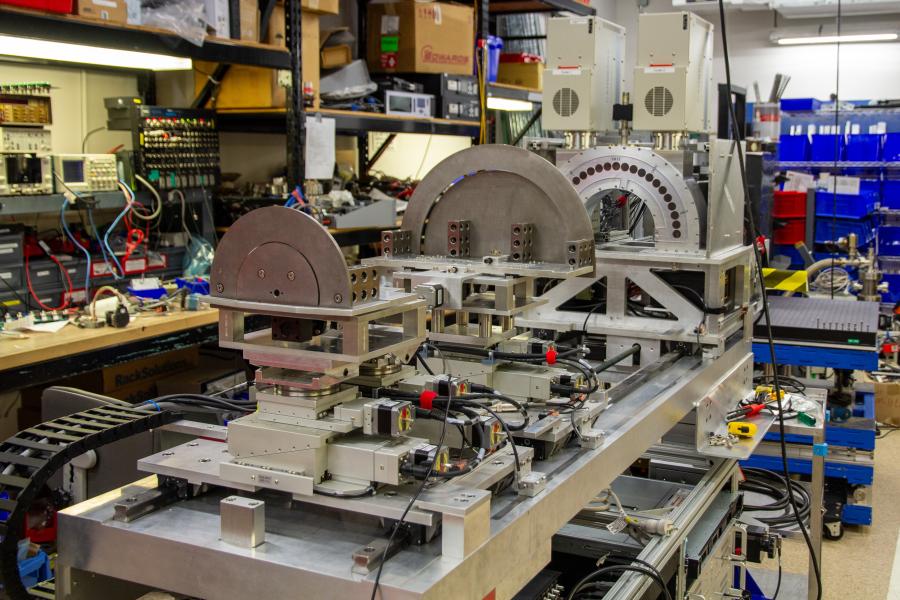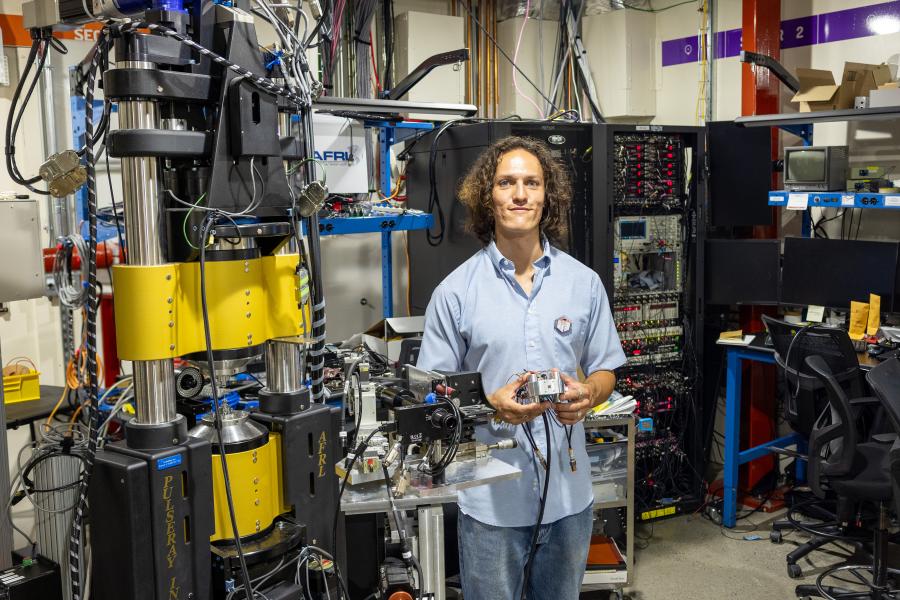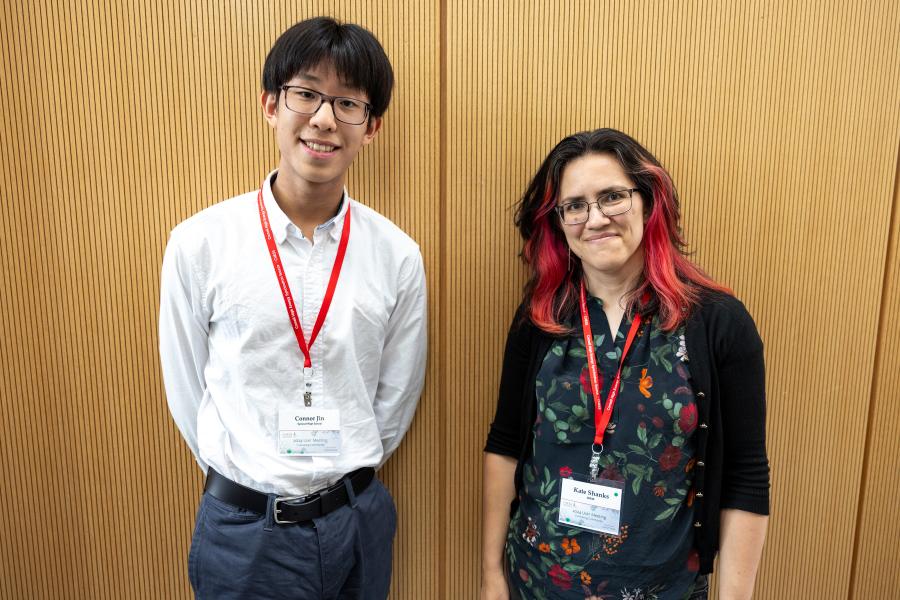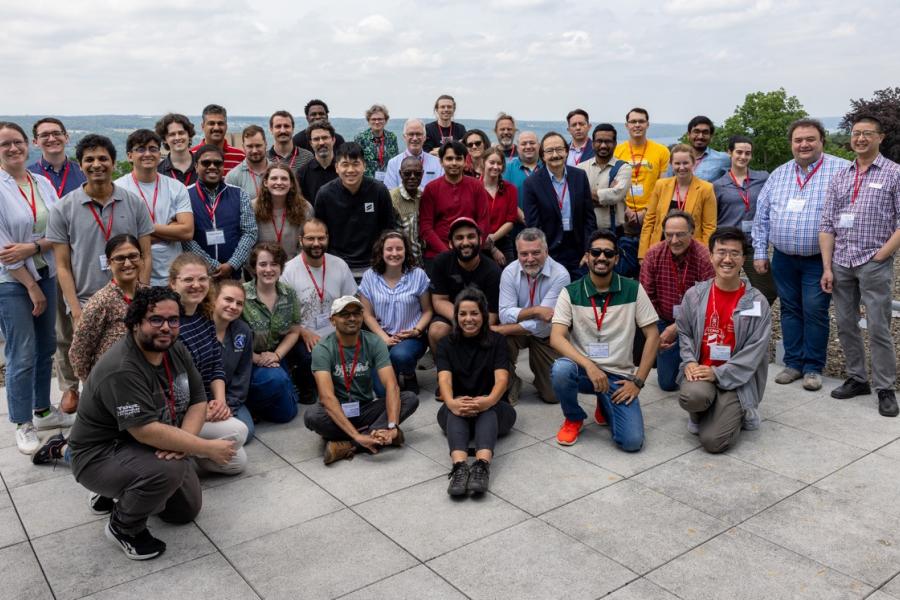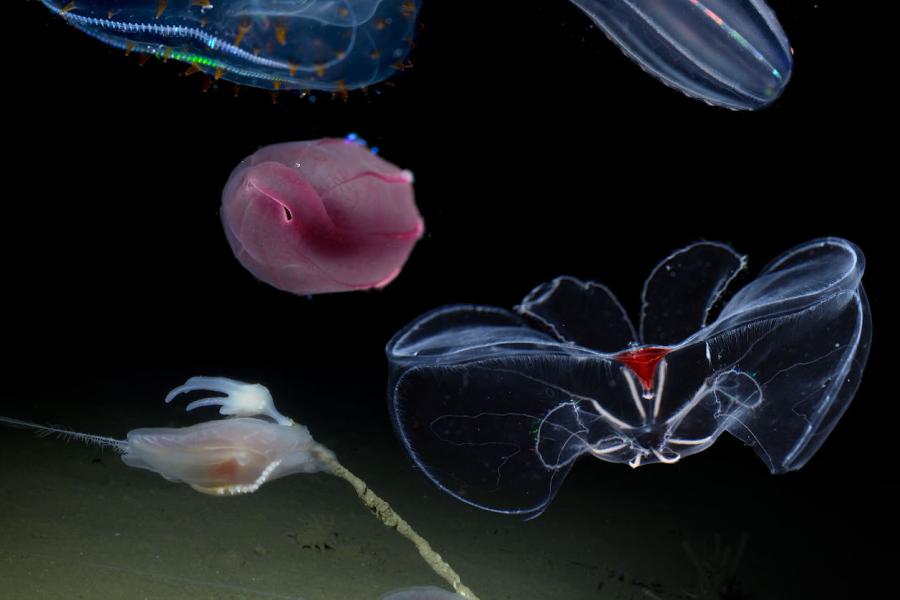Sidebar Menu (View Pages)
- Status
- ⌃ Science
- ⌃ Users
- ⌃ Facilities
- ⌃ Public
- Industry
- ⌃ About
Tags
Featured
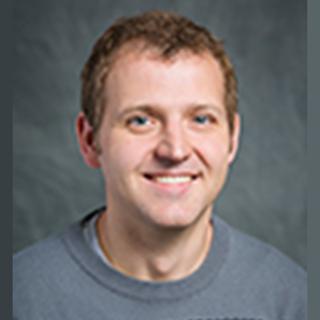
Workshop on fast framing detectors and time-resolved x-ray biology
The second workshop at the 2015 CHESS Users’ Meeting was organized by MacCHESS scientist Tiit Lukk on the topic of “Fast framing detectors and their applications in time-resolved crystallography/BioSAXS."
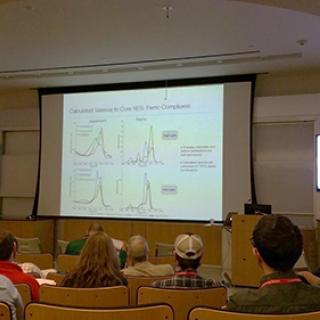
CHESS hands-on workshop on x-ray emission spectroscopy
This workshop, held Wednesday-Friday June 10-12, 2015 in association with the CHESS User Meeting, was designed to give a thorough, practical introduction on x-ray emission spectroscopy to researchers with little background in XES.
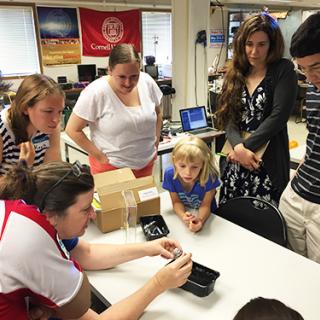
Summer students serve as science ambassadors
Undergraduate physics and chemistry students from throughout the country have come to CHESS to conduct cutting-edge research this summer.
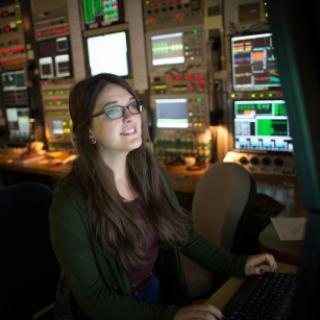
Undergrads from across country visit for summer research
Earlier this summer, undergraduates from across the country gathered to hear from fellow physics students engaged in a summer of research at Cornell.
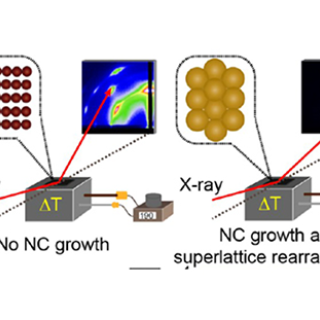
Key to cooperative Ostwald ripening unraveled
Through diligent chemistry work on purifying small gold nanoparticles and then reintroducing a variety of additives, Yixuan Yu and his fellow students from the Korgel group at the University of Texas at Austin have found the key ingredient to the mysterious phenomenon of cooperative Ostwald ripening.
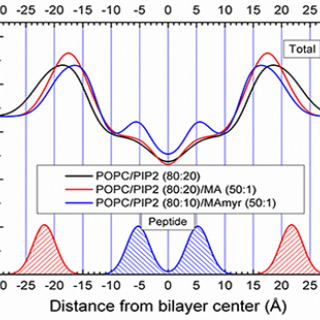
X-ray data and simulations nail peptide/lipid membrane structure
For the last decade, the Tristram-Nagle/Nagle lab (Carnegie Mellon University) has been working on the interaction of HIV-1 peptides with specific membranes in the HIV virion, T-cell plasma and nuclear membranes (see references below).
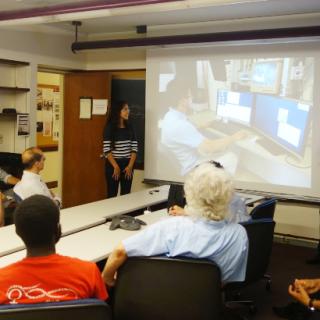
High school students begin research journey at CHESS
During the last week of May, twelve high school students and two high school teachers visited CHESS from Oakville, Ontario.
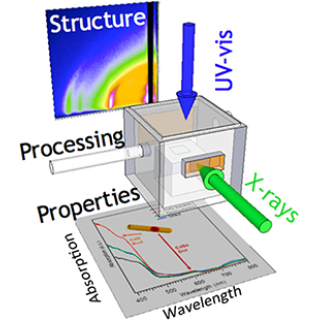
Switchable nanorods
Nanorods are elongated nanoparticles with aspect ratios of typically 3:1 to 10:1 and thus have interesting structural and optical anisotropies.
